We get a lot of questions about who we are. What is Montana Casting Co.? Where did we come from? While we encourage you to connect with the roots of Montana Casting Company by reading our story, we thought we’d extend the invitation to meet some of the figures at the heart of this performance fly rod company—starting with none other than founder and CEO Scott Joyner.
Scott is many things. A prolific custom rod builder and former guide and outfitter. A life-long outdoorsman. A husband and a father. Though it would be a simplification to say that any person’s life is centered around a single passion, it’s undeniable that Scott’s story has long been inextricably linked to the art of fly fishing.
Chasing the Dream of Fly Fishing
Born and raised in Great Falls, Montana, Scott was exposed to fly fishing from an early age. “I’d watch outdoor shows on Saturday mornings, and the guys were always fly fishing in Montana…” He decided he wanted to learn to fly fish, too, so he picked up a few odd jobs—mowing lawns, landscaping, and the like—and saved the money. As soon as he had fifteen hard-earned dollars in hand, he took himself to the nearest Kmart and bought himself a rod and reel combo.
The first cheap fly rod proved to be the gateway drug—the art of fly fishing soon became an obsession. He caught his first fish on an elk hair caddis that a fellow fisherman had gifted him. He began tying his own flies with the thread from his mom’s sewing kit and discarded hooks he found on the river bank. He practiced his dry fly cast for hours on the moss flats of the Lower Madison, where he spent many summers.
Nymphing took longer to master; more than a few of his first hand-tied flies disappeared into the watery depths of the Madison—never to be seen again. Reading the water, getting the right drift, and setting up a rig to sink to the right depth were all skills that a young Scott came to through years of trial and error. “Nymph fishing is an art you can’t see. You have to have a Zen-like quality to be in tune with what’s going on subsurface.” But master it, he did.

Fast forward to the early 90’s, to the day Scott met up with Craig Parrish, a new acquaintance, on the Eastern Gallatin. After a single day of nymphing, the 6-foot Washington-native was encouraging Scott to give guiding a go. “I was just fishing like I always did,” Scott remarks with a smile. “Just kind of a dirt-bag, Montana-boy with a fly rod in my hand, and I was throttling fish—which I thought was normal.” The pair became best friends after that, and it wasn’t long before both had landed their first guiding gigs.
Scott started guiding on the Lower Madison for the Canoeing House based in Three Forks. From there, he jumped to East Slope Anglers (which has since turned into East Slope Outdoors), a Fly Shop based out of Big Sky. “The freedom of being able to guide—I was making a living taking people out on the river and fishing all day! Does it get any better than that? You know, out in the sun, rowing, telling fishing stories…”
When they weren’t working, Scott and Craig spent their spare time exploring back-roads, testing out new fishing holes, and dreaming around the campfire. One of those dreams, Montana Casting Company, became a reality when Scott opened a fly shop of the same name near Four Corners. It was Craig’s suggestion that Scott build custom rods to supply the new fly shop, and so he did.
Montana Casting Company closed its doors when Craig died in a tragic car accident. For years after, Scott struggled to find his passion for the sport… But he never forgot what drew him to fly fishing in the beginning—nor did he forget the art of rod building.
It was his own son’s curiosity that brought him back to it. He built a rod for Staiger—then only ten years old—and taught him how to use it. “Watching the fact that he was able to read the water and understand what was going on pretty quickly… I was always kind of taken by it,” he admits. Where he’d struggled for years to earn his laurels as a nymph fisherman, his son seemed to have an almost intuitive grasp of where the fish were. The joy of seeing Staiger grow as a fly fisherman reignited his own passion for the sport and, subsequently, his passion for building rods.
To this day, fly fishing remains his happy place—and a source of personal satisfaction. “It challenges you… And even when you have the right bugs on, your technique is critical. How you’re handling the fly rod and line itself. It becomes intuitive. You feel the cast and the rod and sense what’s happening under the water, and you know what to do.”
Becoming a Rod Building Wizard
Scott didn’t learn to build custom rods in a day. Back in the mid-90s, there was no YouTube to consult for a good “how-to” on finding the spine of the blank or properly fitting a reel seat. Instead, there was Flex Coat, a company that sold rod-building jigs, thread, epoxy, guides—just about everything you needed to start crafting your own custom rods. Scott distinctly recalls spending hours puzzling over the black-and-white images in the how-to manual included in Flex Coat’s beginner’s kit.
His very first rods were certainly a beginner’s foray into the world of custom builds. “At the time when you build your first rod… you don’t always understand the nuances of what’s going on,” he reflects. Since then, he’s consumed countless manuals, discussion threads, and videos on the craft—but it’s the hundreds of custom rods he’s built over the years that have given him the intuition of a true craftsman.
For Scott, it’s all in the details: the nuances of finding the spine, calculating where the guides need to be, and designing how the reel set should go on the rod. Within each of these nuances is where a custom rod builder finds the freedom to make decisions about the ultimate look, feel, and purpose of the rod. “Every rod builder has their own style… We do things our own way and finish things our own way. That’s what makes custom rod building unique.”

Scott’s personal signature? Nothing too fancy: “I don’t like a lot of fancy multi-colored wraps and chevrons—it’s just not my style. I grew up looking at Winston rods and Sage rods that were utilitarian in purpose.” That said, he does like to add a flourish here and there: a spring wrap on the center ferrule and single wraps on some of the guides in a modest way, showing the craftsmanship. “When you have just one or two metallic wraps… You’re showing you know what you’re doing; it’s elegant without being over done.”
Much like fly fishing itself, the joy of custom rod building is in bringing to bear all that experience, all those years of intuition, in facing the challenge of creating something beautiful.
Designing The Montana Casting Company Fly Rod Models
As with designing anything, coming up with the three winning models for Montana Casting Co.’s first official rod series was a process of trial and error. “I would like to say that I started with the deflection graph I have downstairs, but because I’ve fished so long, I didn’t… I started with how the rod felt in my hand.”
When Scott and his wife, Cat Joyner, decided to expand Montana Casting Company commercially, Scott already had a strong idea of what he wanted the flagship rod to be. “I knew the Warm Springs was gonna be a high end, very well-used rod. A rod that would cast extremely well and be very versatile; it would do anything that you wanted.” When designing it in the workshop (a basement room overflowing with various rod building components, fly tying equipment, and old photos of fly fishing and hunting with his son), he decided that it needed to look just as snazzy as it performed. Even though each rod wouldn’t be made by his hands, he still wanted it to have the feel, the quality of craftsmanship, and eye for detail of an individually built custom fly rod.
With the Warm Springs design squared away, Scott jumped to the Craig fly rod. At the time, he simply wanted a fly rod that had a slightly softer action and a lower price tag. He would keep the high-end finishes but sacrifice some of the versatility of the Warm Springs for a rod that mimicked that classic, western dry fly style.
The Dearborn came last. He needed a rod that was more salt-water adept—tough enough to wrestle hard-fighting fish, face off with corrosive elements and heavy winds, and shoot excessive amounts of line when needed. With a stiffer action, Scott ensured the Dearborn could accomplish all that and more—"…the Dearborn is perfect for overlining. Fish dries with a 5wt [Dearborn] and then throw a 6wt line on it for more power.”
Developing the right blank, finding all the right measurements and proportions—it was more about how each finished rod felt in his hand than anything else: “…when I put it on the deflection chart, it reiterated what I was thinking—physically you could see that deflection, so what I was feeling in the casting was mechanically true!”
Many more prototypes are in the rod shop. He hopes to add them to the existing line someday soon.
Making Fly Fishing a Lifestyle
Scott learned to fly fish with a Kmart special. He tied his first flies with duck feathers and scavenged hooks using a pair of vice grips. He spent his childhood escaping into the outdoors at every opportunity. The art of fly fishing was something he stumbled upon and, at times, had to stumble through. When he got older, he carried those lessons forward into guiding. He made a living taking other fly fishermen out on the river, talking to them, hearing their stories… And he loved every second of it. “Because of that, I understand what people are going through to learn how to fish and what they’re looking for, whether they’re experienced or new to it.”

Starting up a fly rod company is a dream rooted in quiet nights camping beside the river. It took heartache, time, and struggle to see it come to fruition—but through it all, it’s continued to bring him closer to the sport that has shaped so much of his life.
Questions? Comments? Share your thoughts below!
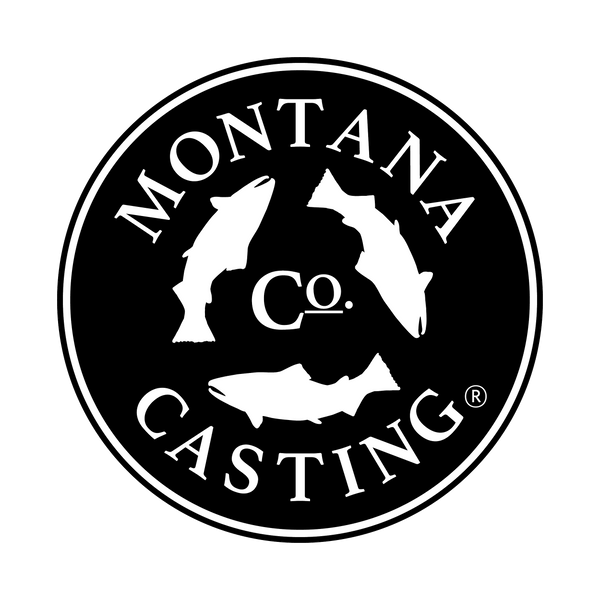
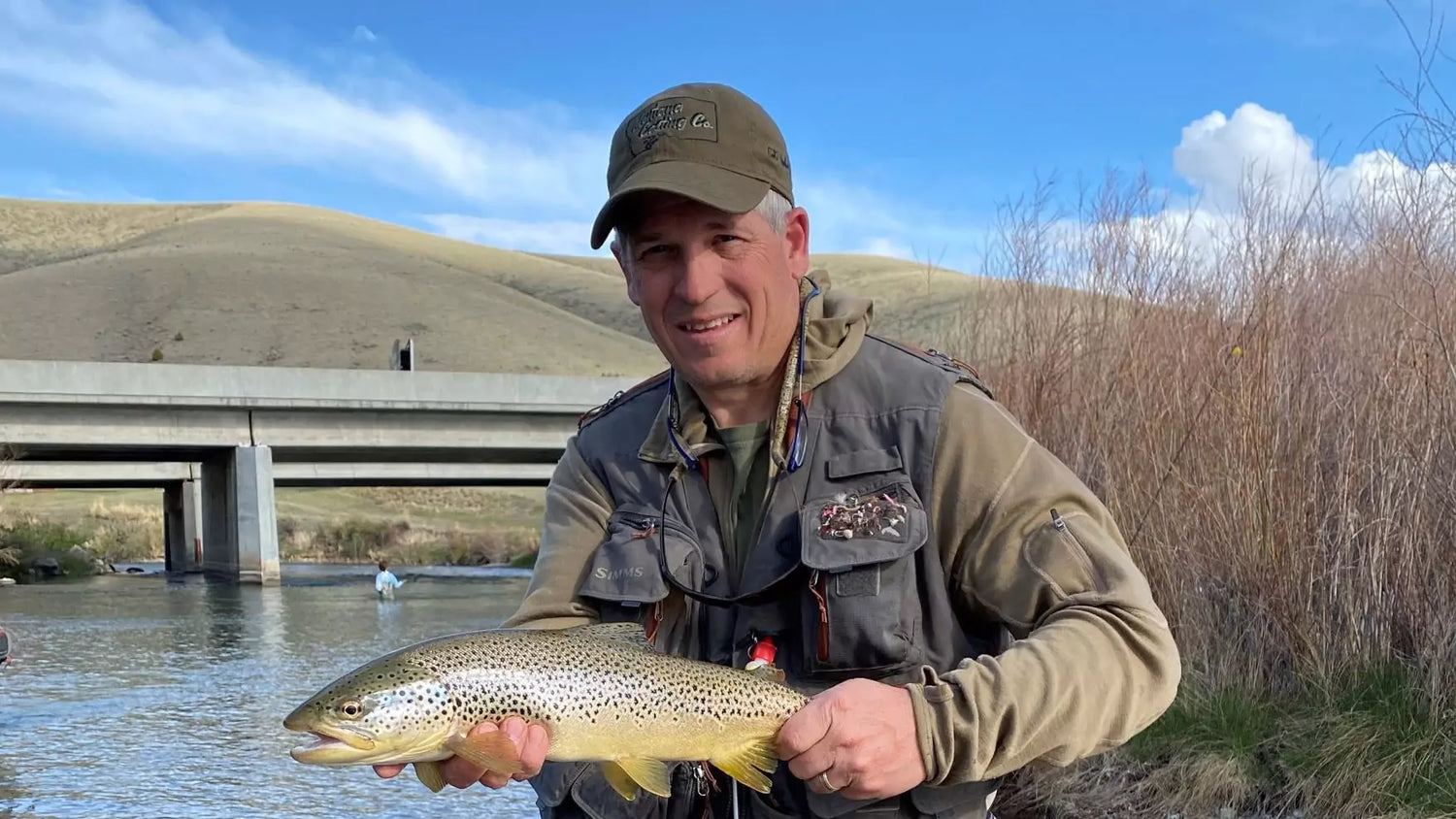
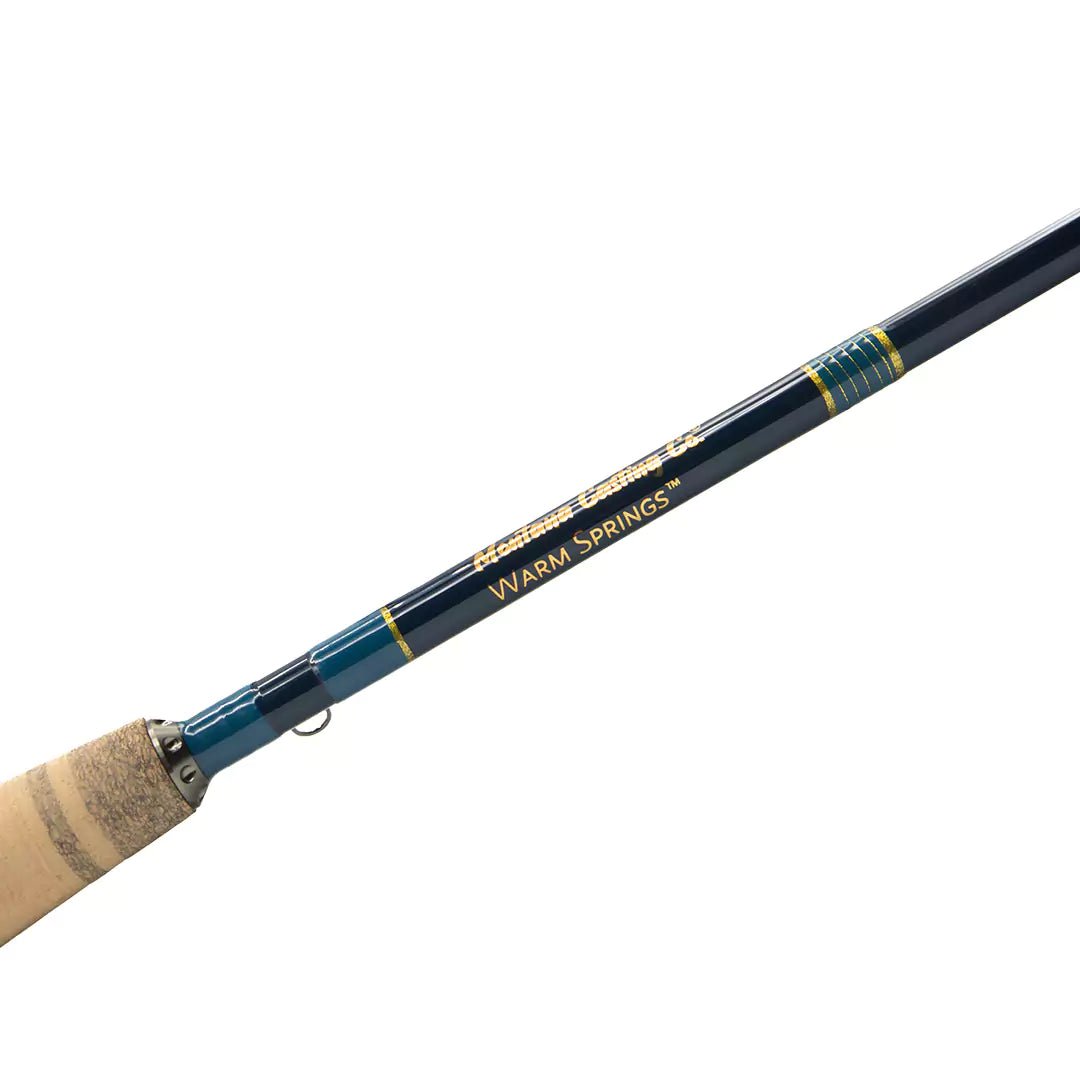
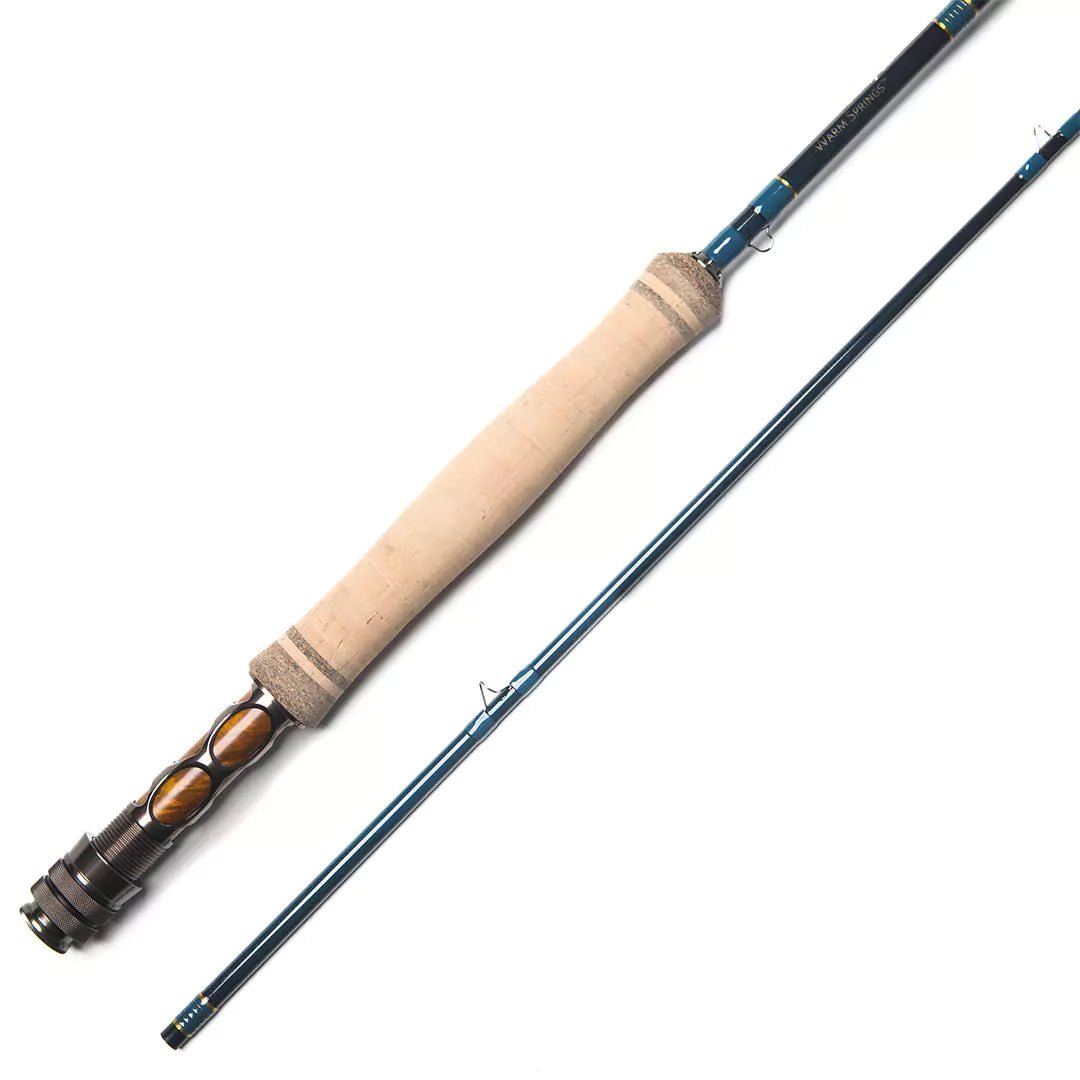
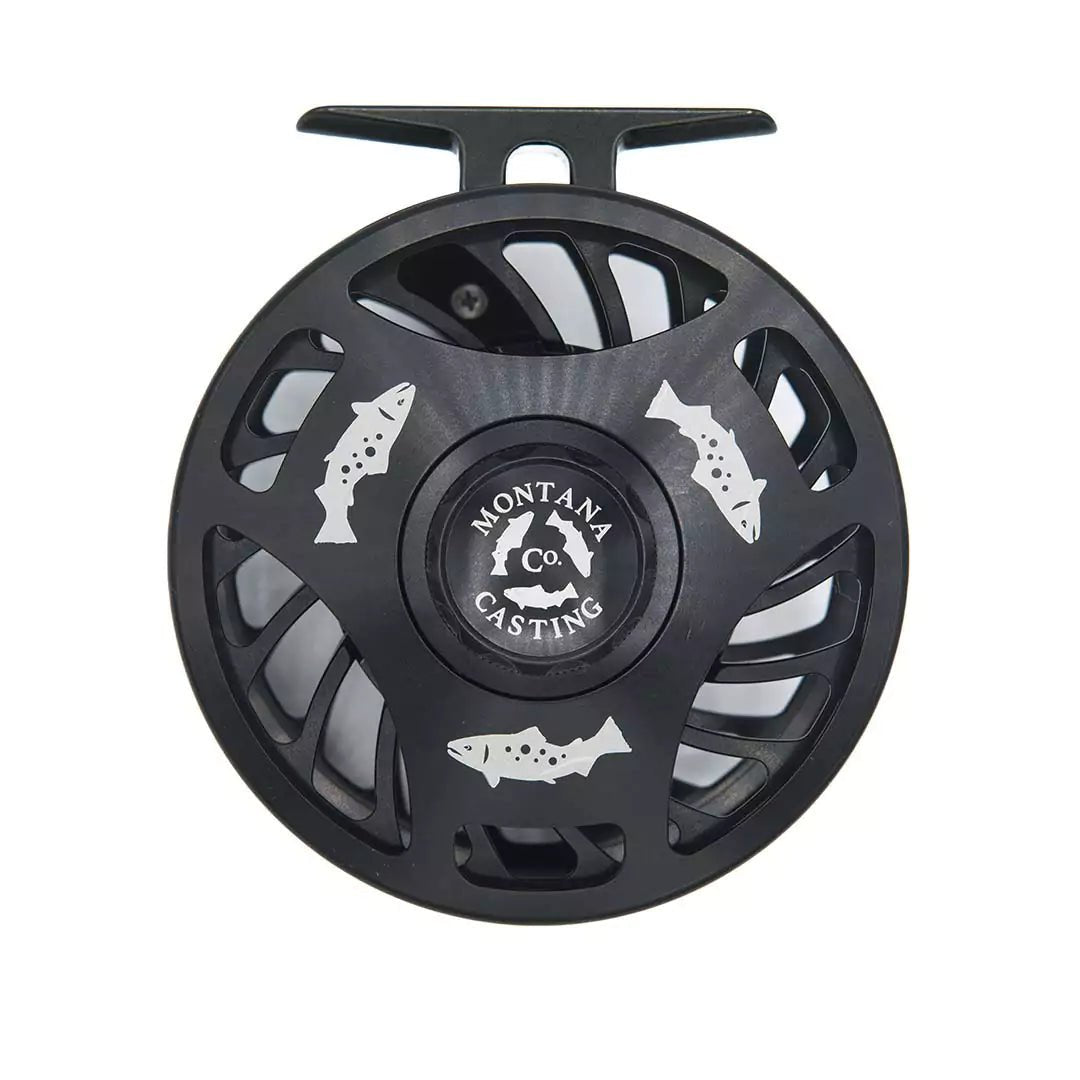
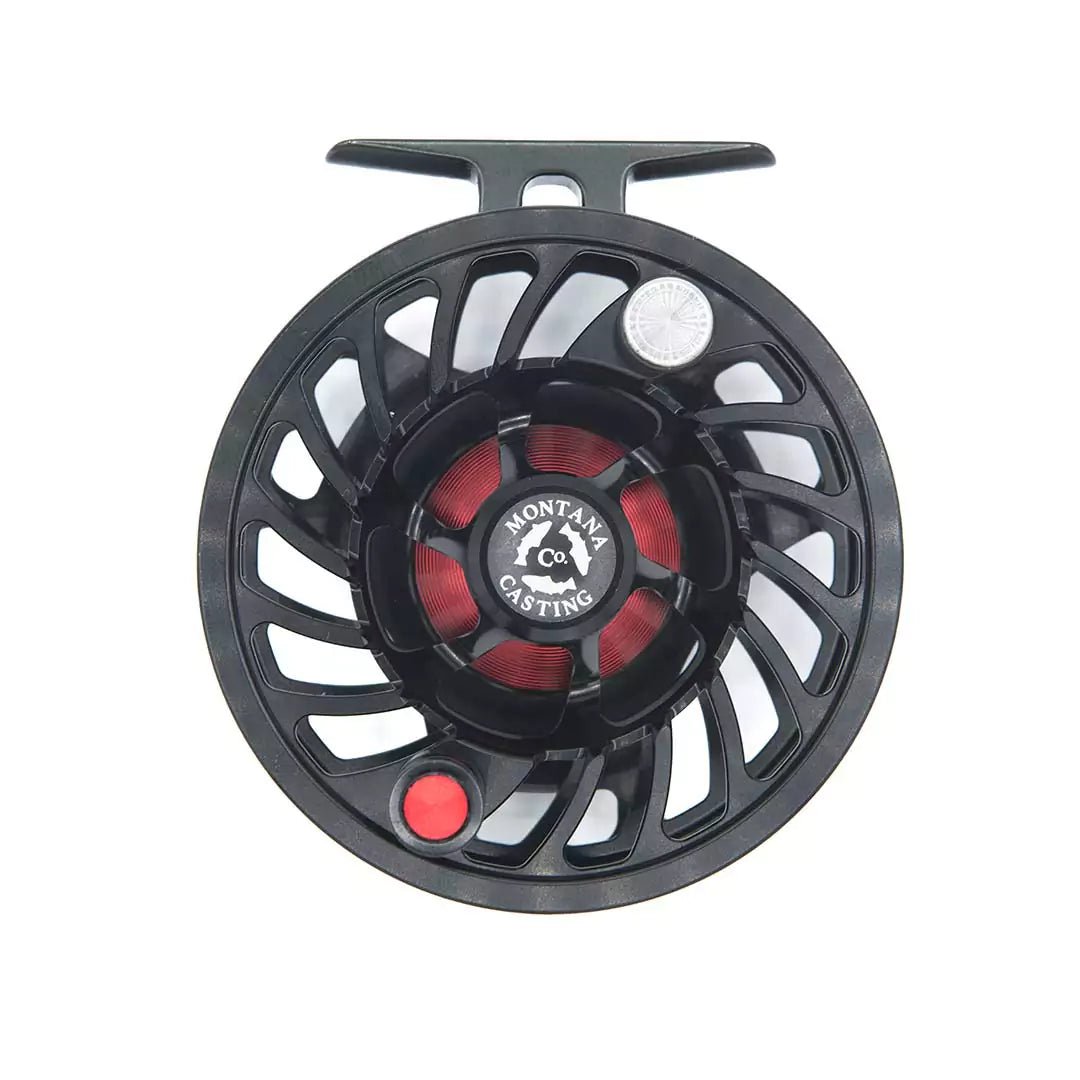
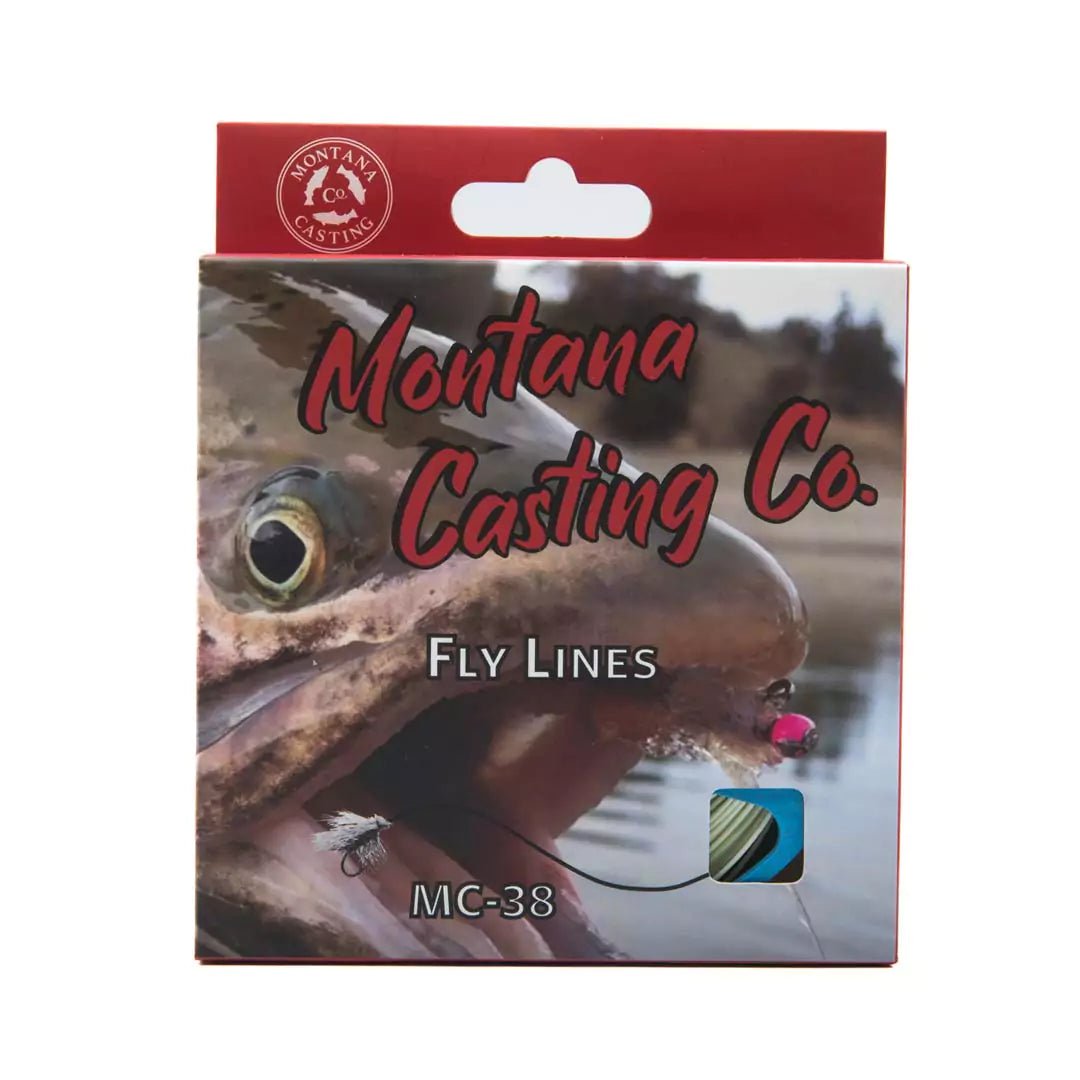
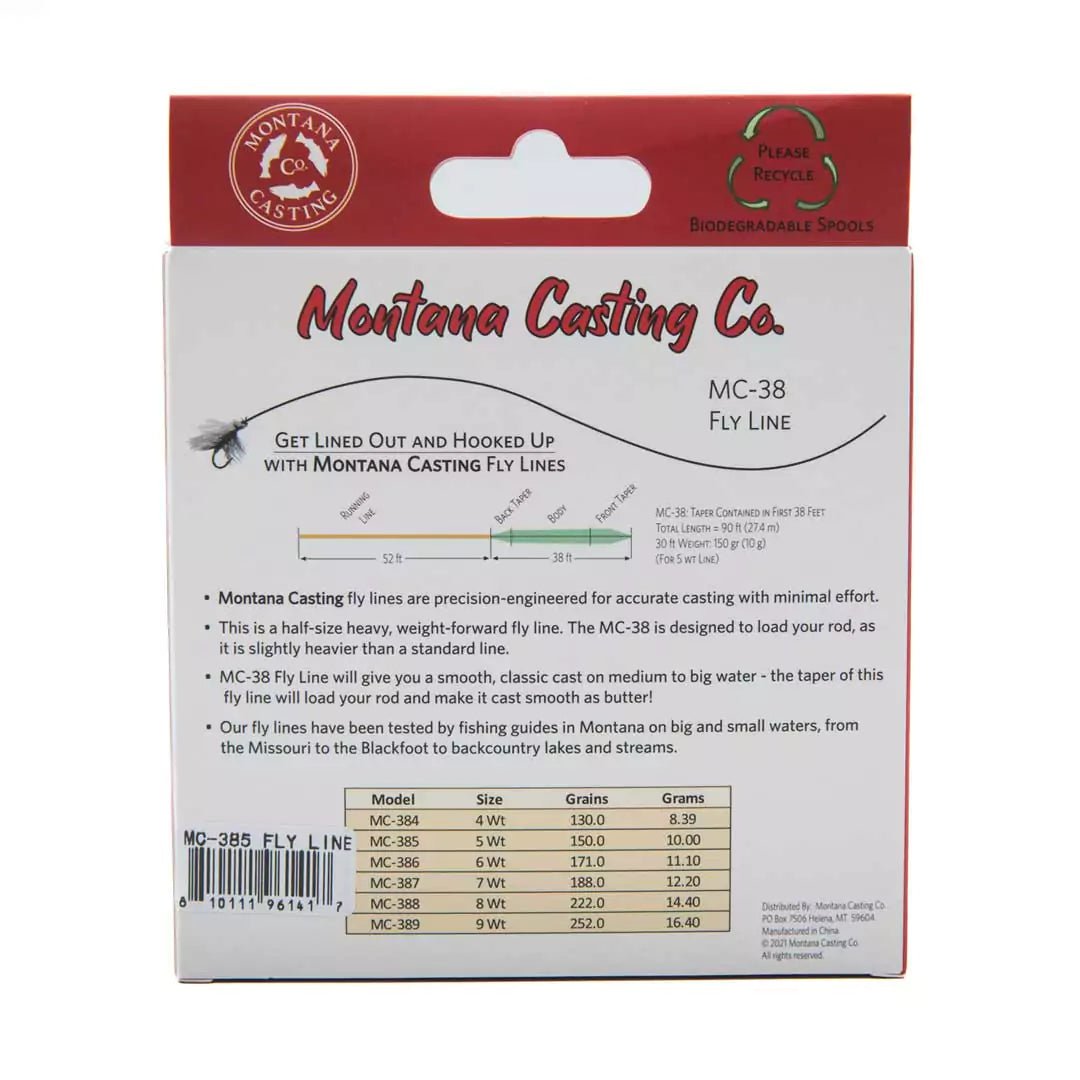
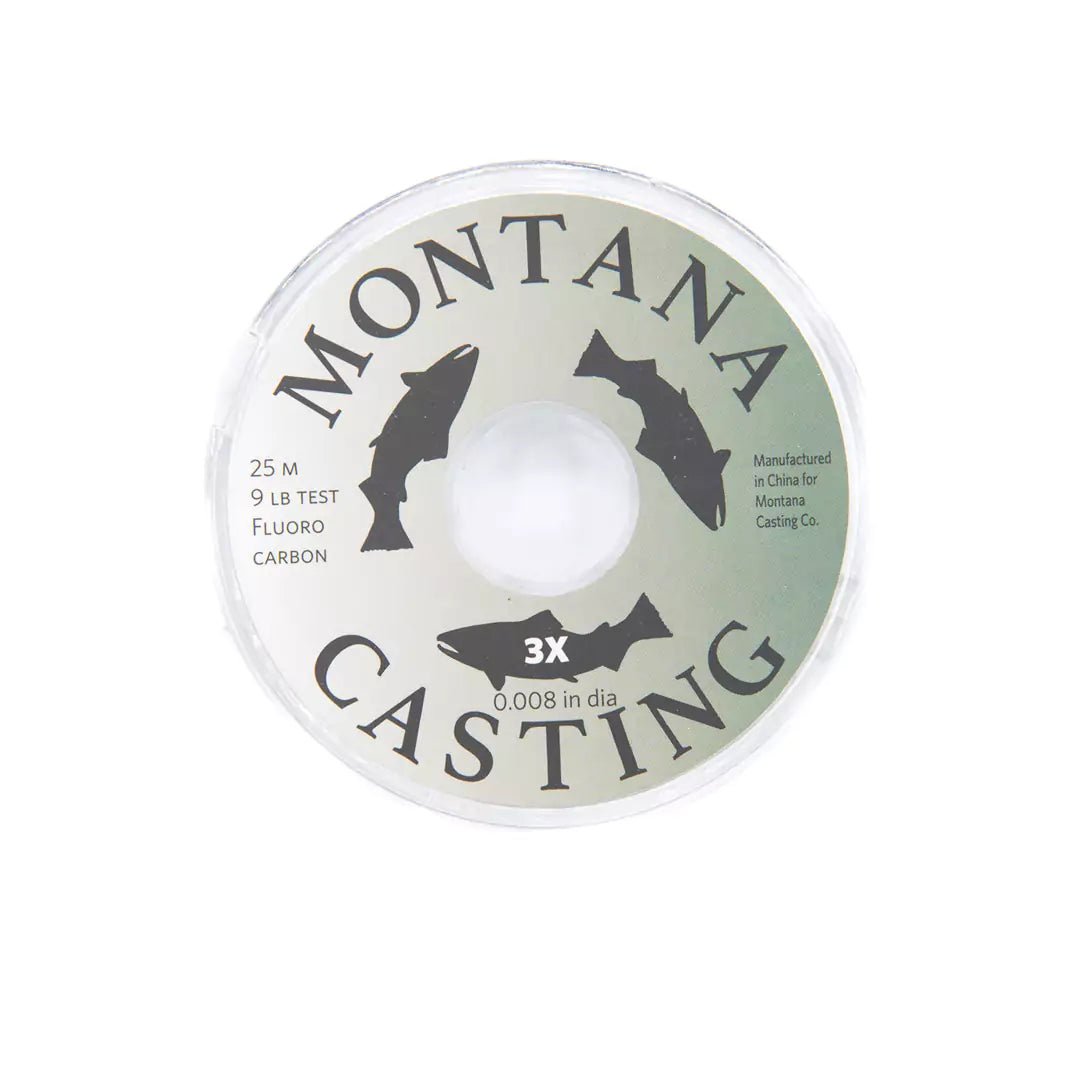
1 comment
Great story about Scott and the creation of Montana Casting Company.